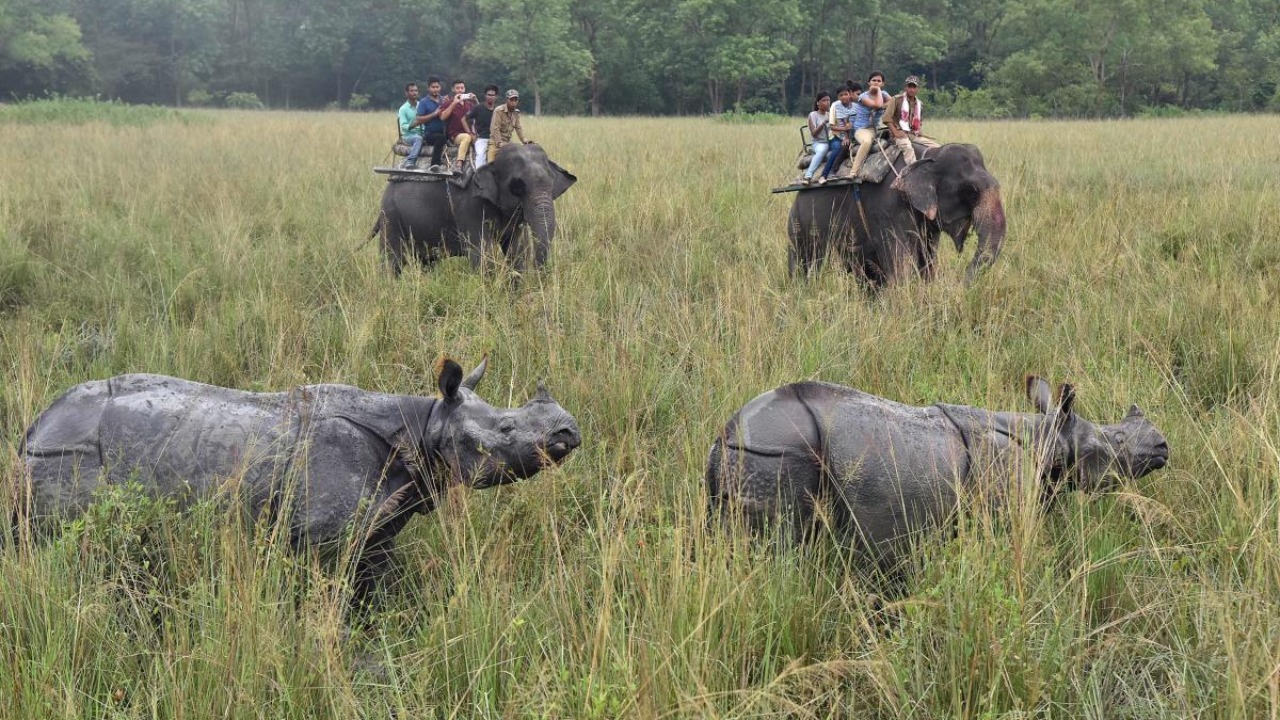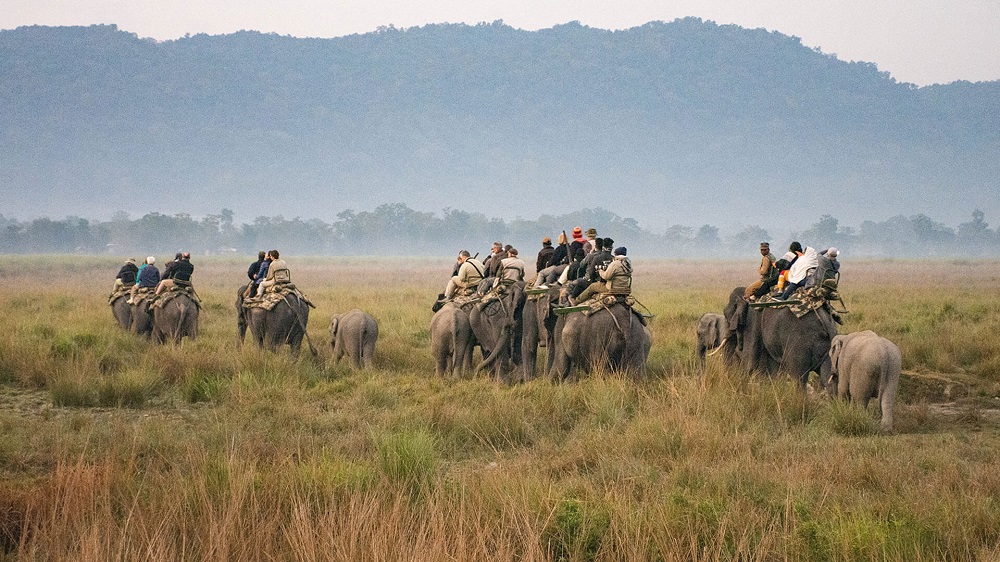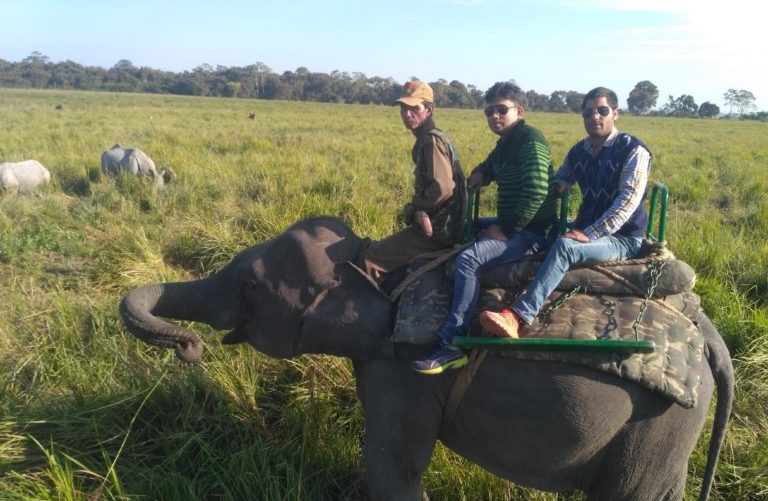
Best Time to Visit Kaziranga for Wildlife and Elephant Safaris
Kaziranga National Park is one of the most popular wildlife destinations in Assam and also in India. Every year, thousands of visitors come here to enjoy the charm of nature and the thrill of jeep and elephant safaris. Among the different ways to explore the park, elephant safaris remain a fascinating choice. They offer a close and unique view of the landscape that many tourists find unforgettable. The timing of your visit plays a very big role in how much you enjoy the safari experience. Seasons in Kaziranga National Park bring different weather conditions with varied wildlife movements. Some months are perfect for clear sightings, while others may not be favourable at all. Choosing the right time ensures that you get the most out of your trip, whether it is a jeep ride or an elephant safari.

There are two main types of safaris here: jeep safari and elephant safari. Jeep safaris are generally available in both morning and afternoon slots. Elephant safaris, on the other hand, are conducted only in the early mornings. This makes it important to plan and secure your slot well in advance. If you are looking for Kaziranga elephant safari booking India, it is always best to do it before you arrive, especially during peak tourist months.
Overview of Safari Seasons in Kaziranga
The park usually opens for visitors in November and closes around May or June, depending on the weather conditions. The official safari season is divided into winter, spring, and summer. Monsoon months remain strictly closed as the national park is affected by heavy rainfall.
Winter Season (November – February): Peak Safari Time
Winter is the most popular time to visit Kaziranga. The weather stays cool and pleasant, making safaris very comfortable. Clear skies and bright mornings add to the beauty of the park. This season is also the best time to enjoy elephant safaris. Early morning rides offer a peaceful view of the park, with a higher chance of spotting animals. Since this is the peak tourist season, availability can be limited. Elephant safaris get booked quickly, so advance booking is strongly recommended.
Spring (March – April): Ideal for Wildlife Enthusiasts
Spring brings slightly warmer days, but it is still a great time for safaris. The grass inside the park starts to thin out, giving better visibility. Many visitors consider this season a good balance between comfortable weather and fewer crowds. For those who enjoy photography and peaceful exploration, spring months are often more rewarding. Elephant safaris are still active during this time, though mornings can be warmer than in the peak winter season.
Summer (May – mid-June): Limited Safari Options
Summer is the least preferred time to visit Kaziranga. The heat can be strong, and the park often reduces safari operations. However, for those who don’t mind the warm weather, summer safaris can still bring good sightings. Animals tend to move near water sources, which can increase your chances of seeing them during a ride.
The downside is the high temperature. Elephant safaris may not be as comfortable in summer mornings, and availability becomes limited as the park moves closer to closing for the season. Moreover, elephant safaris are halted earlier than the jeep safaris as the monsoon approaches. If you plan to visit during the summer months, it is wise to confirm safari timings and bookings in advance.
The Ideal Time for an Elephant Safari
Elephant safaris in Kaziranga are always conducted in the early mornings. This is the time when the park is most active and the atmosphere is fresh and calm. The peak months for elephant safaris are December to February, when the weather is perfect for a morning ride. During this period, the chances of sightings are high, and the experience feels more enjoyable. If you want the best out of your trip, try booking your safari for these winter mornings. Prior bookings not only ensure availability but also save you from last-minute stress.


